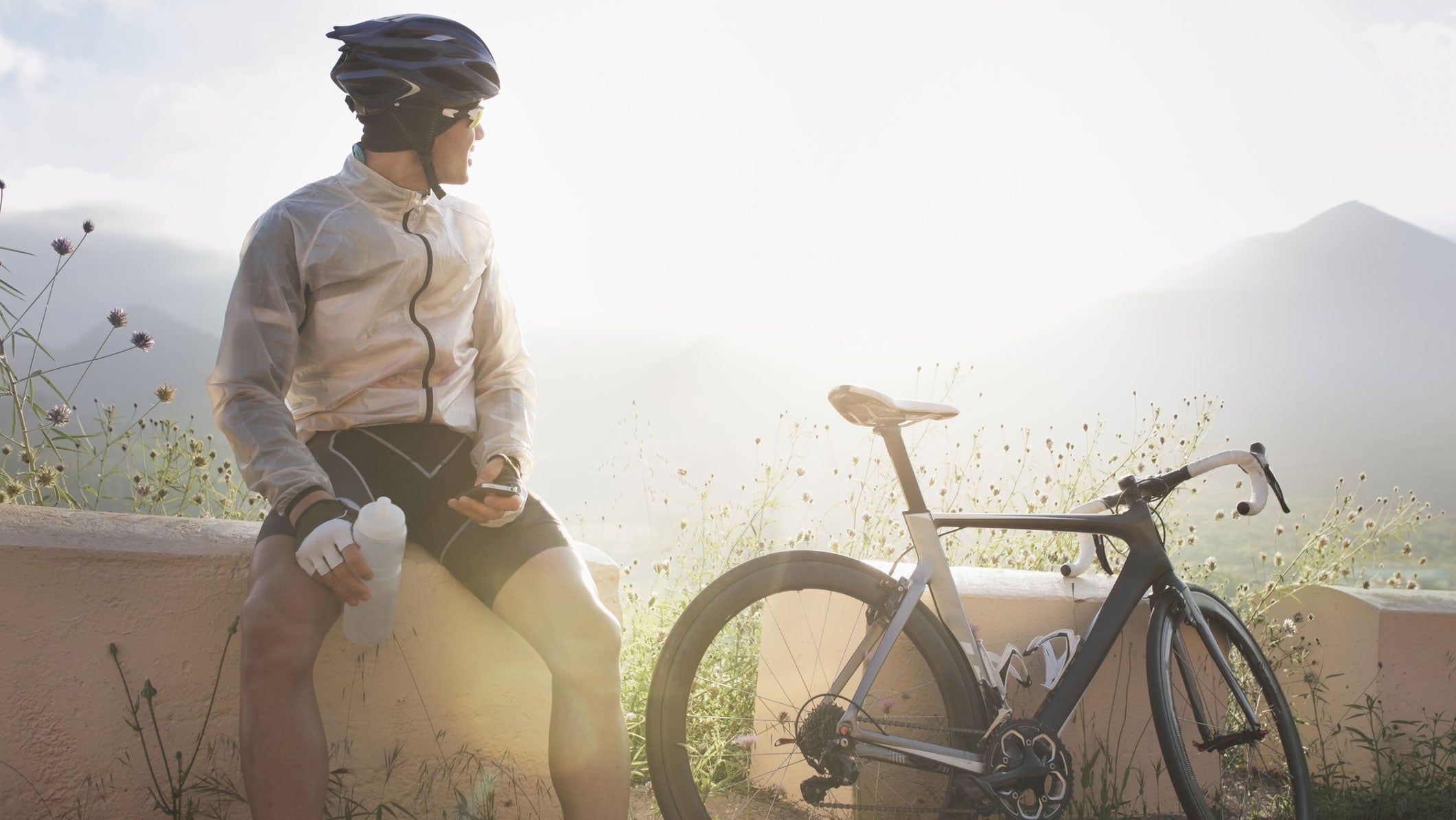Hawaii From Home: Bike Workout #6

Join us for Hawaii From Home—one week, 140.6 miles. Swag, prizes, training tips from coaches, bragging rights. Get all of the details at triathlete.com/hawaiifromhome.
This workout from bike coach Matt Bottrill is the sixth and final session designed to lead you to your best performance for our Hawaii From Home challenge, which involves a 2.4-mile swim, 112-mile bike, and 26.2-mile run over the course of Oct. 5 to 11. (Find all of the workouts here.)
Bottrill is one of a panel of expert coaches who is helping to guide you to race week in top shape. He’s a world-renowned bike guru, cyclist, and coach who works with pro triathletes such as Tim O’Donnell, Tim Don, Matt Hanson, and Justin Metzler. He also works with the Lotto-Soudal pro cycling team as time trial bike fitter and planner.
Throughout these workouts, Bottrill uses Levels 1 through 7 (listed as L1, L2, etc.) to determine effort or RPE. If you prefer to train by power or heart-rate then you can refer to those too. See below (beneath the workout) for a full explanation of levels and their respective heart-rates and wattages. You’ll see the workouts here involve some work around your sweetspot, which is the zone on the cusp of tempo and lactate threshold level (lower zone 4) based on the table below. It’s an area many athletes work heavily in, as it helps boost power without the heavy fatigue associated with higher intensity work.
This workout includes two options, one that is three hours in duration and targeted more at advanced athletes, while the second is two hours in duration and aimed more at beginners/intermediates, but you’re obviously open to tackling whichever workout you prefer.
Bottrill said: “These are tough workouts, so be in the frame of mind to hurt yourself. The key is to think of the rewards that will come from training this hard—and don’t forget to fuel well.
“To help you control your effort/output, it’s best to use your tri bike and do this workout on the trainer, or if you’d prefer to ride outside then choose a more undulating route, somewhere you feel you can hit your best efforts. These types of efforts work best when you ride with higher cadence. On the final sets, even if you fatigue and your power/effort drops, try to keep pushing the best you can.”
Advanced Workout: 3 hours total
Warm-up:
40 mins. smooth aerobic riding
Prep Set:
3 x 30 sec. sprints with 3:30 easy between
Main Set:
10 mins. @ L3
5 mins. @ FTP
5 mins. easy
—
15 mins. @ L3
5 mins. @ FTP
5 mins. easy
—
20 mins. @ L3
5 mins. @ FTP
5 mins. easy
—
15 mins. @ L3
5 min. @ FTP
5 min. easy
—
10 min. @ L3
5 min. @ FTP
5 min. easy
Cool-down:
15 min. easy riding
Beginner Workout: 2 hours total
Warm-up:
25 min. @ L1 – get your legs ticking over
Prep Set:
12 mins. @ L2 – cadence 90-100 RPM
Main Set:
15 min. continuous riding as: 30 sec. @ L5; 30 sec. @ L1-2.
Cadence to suit. All efforts seated.
—
5 min. @ L1 recovery – high cadence
—
20 min. @ sweetspot – cadence to suit
—
10 min. @ L1-L2 recovery
—
8 min. @ FTP – really try to push this!
Cool-down:
25 min. @ L1 high cadence recovery